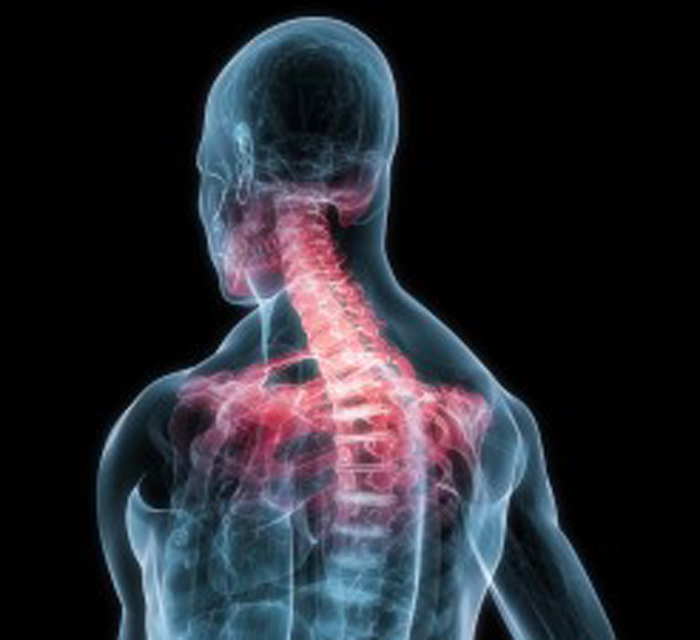Predictors For Success Of Spinal Manipulation For Neck Pain
SOURCE: J Manipulative Physiol Ther. 2011 (Mar); 34 (3): 144–152
Manuel Ssavedra-Hernández, PT, Adelaida M. Castro-Sánchez, PT, PhD, César Fernández-de-las-Peñas, PT, DO, PhD, Joshua A. Cleland, PT, PhD, Ricardo Ortega-Santiago, PT, MS, Manuel Arroyo-Morales, MD, PT, PhD
Department of Nursing and Physical Therapy,
Universidad de Almería, Spain.
This newly published JMPT study attempted to identify those prognostic clinical factors that may potentially identify, a priori, patients with mechanical neck pain who are likely to experience a rapid and successful response to spinal manipulation of the cervical and thoracic spine.
Data from 81 subjects were included in the analysis, of which 50 had experienced a successful outcome (61.7%). Five variables were found to be associated with a positive response:
- Initial pain intensity greater than 4.5 points
- Cervical extension less than 46°
- Hypomobility at T1 vertebra
- A negative upper limb tension test [1]
- Female sex
Interestingly, if 4 of 5 variables were present in a particular individual, the likelihood of success increased from the average success rate of 61.7% to a whopping 75.4%
Although there are several limitations within this study, including the limited group size, and the lack of a comparative control group, this study is a sound first step towards developing a clinical prediction formula associated with a rapid and positive response to care.
Guidelines, and the more recent evidence-based care pathways were originally conceived as a method to inform clinicians and improve patient outcomes. There is no question that the excessive cost of American medical care needs to be reined in. There is also no question that third party payers in managed care have been ruthless in establishing rules and procedures based on financial targets, rather than reasonable patient care. Money that should be going to patient care is going to their bloated administration and the managed care owners. Crucial differences in the quality and success of care are being ignored.
In the field of spinal manipulation for example, there are fundamentally different levels of education and skill for different health professions utilizing spinal adjusting. This is apparent from trials such as:
Meade et al., where chiropractors received significantly superior results for back pain patients than did physical therapists, and
Carey et al., where medical doctors, given postgraduate training in spinal manipulation, proved unable to assess and treat back pain patients successfully.
Our website has published extensively about the vast gap between medical and chiropractic skill sets. That is especially evident in the management of low back pain.
You may also want to review our original
Practice Guidelines Page and the newer, evidence-based“Best Practice” Initiative Page, because they reflect the evolution in thinking about improving patient care outcomes.
REFERENCES:
- Upper Limb Neural Tension and Seated Slump Tests: The False Positive Rate among Healthy Young Adults without Cervical or Lumbar Symptoms
J Man Manip Ther. 2009; 17 (3): e104-105
A recent trial, involving healthy young adults with no history of cervical, lumbar, or peripheral symptoms, revealed a false-positive response of 86.9% in the ULNTT test at some point in the available range of elbow extension. Because of this finding, this JMPT study may have inadvertently ruled out some candidates who would have responded positively to manipulative care.






Avoiding Zingers: ULTT is very important to do prior to manips, to prevent nerve traction/tension during thrust. I always have my patients fold their arms over their chest prior to the cervical manipulation, to minimize any brachial plexus or Nerve Root tension during the manouver.